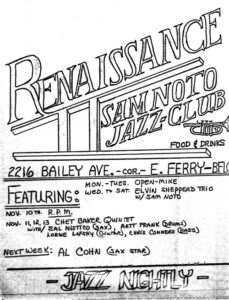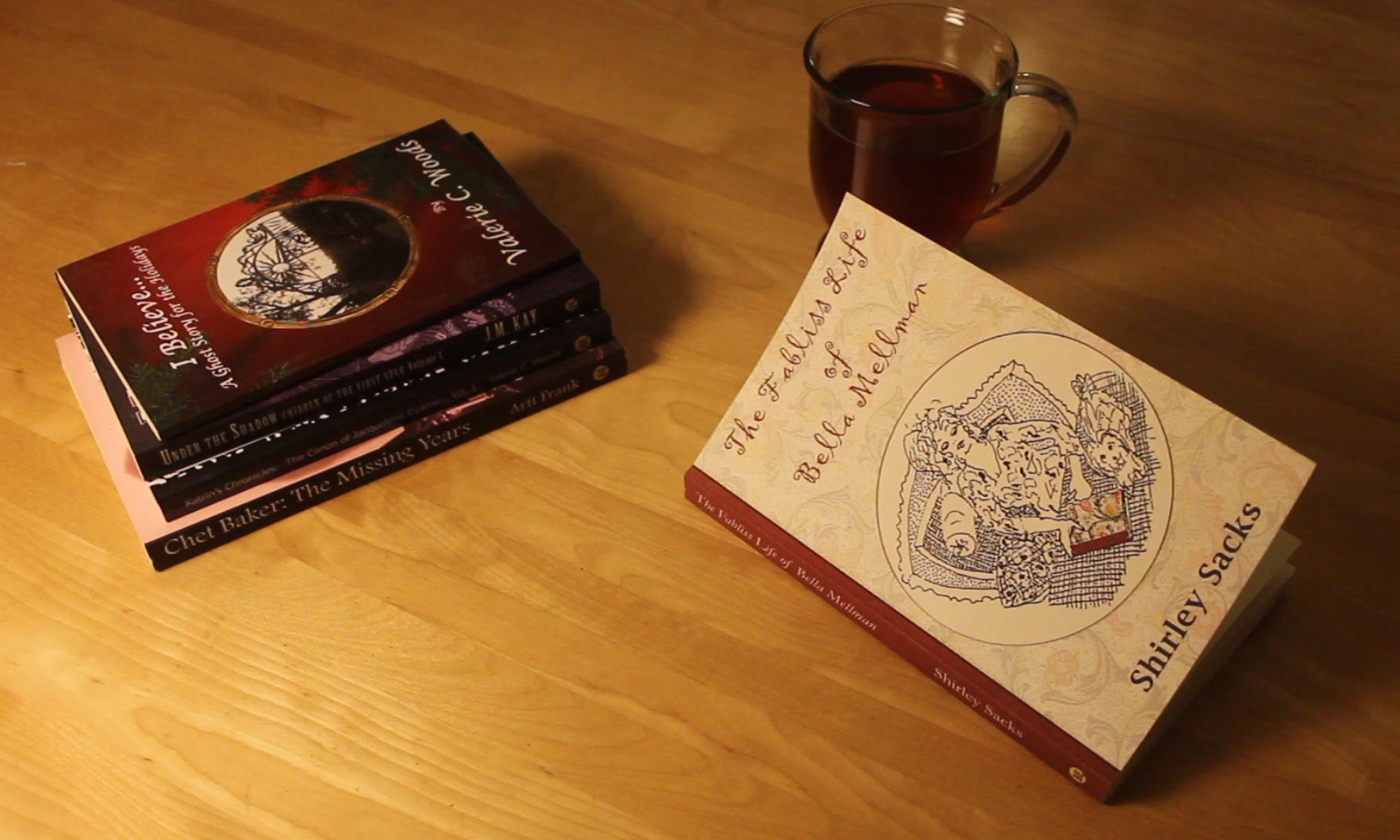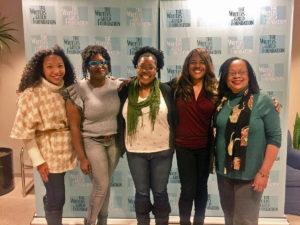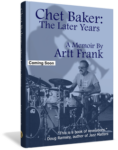Valerie C. Woods – Author, Publisher/Editor, Writing Coach, Writer/Producer
Have you heard? Apparently there’s a “War On Christmas” – who knew? Don’t say Happy Holidays! This is Christmas time, we celebrate Christ, see his name is right there in the name of the holiday, so stop trying to take Christ out of Christmas. Stop being oppressive about our Christian holy day!
Now don’t get me wrong, I’ve always been a big fan of Christmas. Of course, especially when I was a child. No school, pretty lights, presents under the tree, midnight candlelight services… I can even sing ‘O come all ye faithful’ in Latin (thanks to Nat King Cole’s essential Christmas album and 2 years of Latin in high school).
The story of Mary and Joseph, the Three Kings, the star visible by day and by night – all of it sparked a delicious wonder, mystery and beauty into urban life on the south side of Chicago. And don’t get me started on the movies! The list is long.
But even as a child back in the 20th century there was talk of the commercialization of the holiday, just watch Miracle on 34th Street, released in 1947. And then when retailers started abbreviating Christmas with ‘Xmas’, the rumbling began.
Nowadays, as many people around the world, and most especially in the United States, acknowledge that there are other religious and cultural celebrations at this same time, all of a sudden it’s being interpreted by some Christians as a “war.” By simply daring to recognize that there are also non-Christian celebrations happening in December, (you know being inclusive) it’s a war against Christmas – as if others are infringing on an imagined Christian trademark on this particular time of year.
But let’s take a step back for a minute. The general opinion is that the United States was founded as a Christian country. You know Pilgrims, right? We celebrate in November; the first Thanksgiving and all. But have you ever noticed we never see anything about the first Pilgrim Christmas?
Well, there’s a funny thing about those grateful Pilgrims who settled in America. They BANNED CHRISTMAS!!!
Yes, the Pilgrims actually outlawed the holiday! Celebrating Christmas was illegal and those caught making merry were fined or jailed! Now that was a real war on Christmas. A simple check of Wikipedia can start your research: “The Puritan community found no Scriptural justification for celebrating Christmas, and associated such celebrations with paganism and idolatry.“
They’re not the only ones. Early Christians, and I’m speaking of the first few hundred years of Christianity, did not celebrate birthdays. Catholic theologian Origen of Alexandria wrote:
“…of all the holy people in the Scriptures, no one is recorded to have kept a feast or held a great banquet on his birthday. It is only sinners (like Pharaoh and Herod) who make great rejoicings over the day on which they were born into this world.”
(Go ahead, thank Wikipedia with a small donation. It’s the holidays! And it’s tax-deductible.)
In fact, it is ironic in the extreme that any contemporary Christian complains about a so-called war on Christmas, considering that Christmas itself is theorized to have been a “war” against paganism. A fascinating book to read is The Battle for Christmas by Stephen Nissenbaum.
In my novella, I Believe: A Ghost Story for the Holidays, Ramsay, a cynical and bitter widower, rants at his co-workers in the faculty lounge:
“Don’t talk to me about Christmas. If you’re interested in winter solstice debauchery, let me know. Otherwise don’t involve me in this fantasy world created by the church.”
His fellow teachers admonished him as a Scrooge, which only set him off.
“See, see, there you go. Dickens is the main culprit, him and Washington Irving practically invented Christmas as you know it today. Irving invented “ancient traditions” and Dickens wrote a quick story to pay some bills.”
“Come on, Ram. 2,000 years of tradition can’t be all wrong.”
“No, no…not 2,000 years. The first 300 years after his death nobody, nobody celebrated his birth. The early church focused on Passover and Easter. No, it wasn’t until Pope Julius had the bright idea to claim the winter solstice festival from the pagans to distract them from celebrating Saturnalia and the birth of Mithra… I mean, even the Puritans knew better than to get sucked into celebrating Christmas. It was outlawed in Boston! But then the marketers got hold of the idea and boom – Christmas shopping season ads were born, Christmas cards, designed so people would use the new postal service, by the way – and get this – Jesus wasn’t even born in December!”
A small, timid woman puffed up the nerve to respond. “Are you saying Christ was never born?”
“No, of course not. But he was probably born in the spring or maybe the fall, otherwise, shepherds, the first to witness this birth, wouldn’t be out with their sheep in mid-winter! That’s when they killed them for fresh meat. The 25th was celebrated long before Christ was born. With drinking, feasting, sex and rock and roll. Now that’s what I call a party! You have something like that, count me in.”
And on that note, he stalked out with his coffee. As an afterthought, he poked his head back in…
“And don’t get me started on Kwanzaa. Just do your research. You’re teachers, do the research… Ron Everett – re-named himself Karenga. Go on. Look it up. Invented. Made up. Just like Christmas. All this stuff invented to make you obediently spend money and feel guilty.”
Of course, like any holiday (including Christmas) story worth its salt, Ramsay has a change of heart, thanks to a spiritual intervention from his deceased wife. But that’s not my point.
There is no current war on Christmas! No one is trying to ban it, outlaw it, or eradicate it. What’s happening is a shift of awareness that recognizes this period of celebration as a universal human expression. And to be blunt, no one religion or culture “owns” this time of year. And anyone ranting about a “war on Christmas” might want to extend that most Christmassy of tenets and share the joy of human kindness and goodwill toward all.
I Believe…A Ghost Story for the Holidays
posted by Valerie C. Woods
on December, 08
The post War On Christmas? appeared first on Valerie C. Woods.







